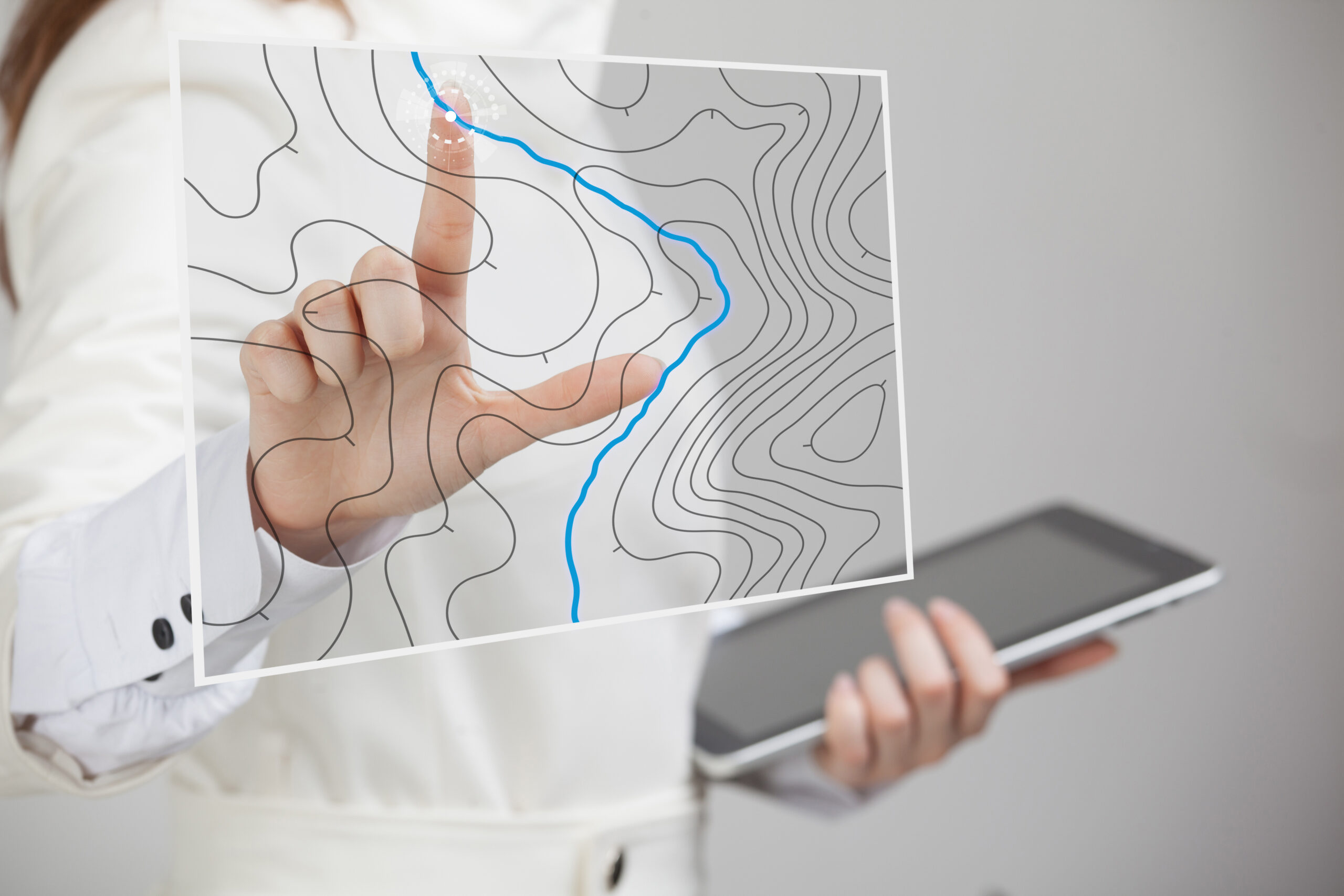University Students’ Perspectives on Emergency Online GIS Learning amid the Covid-19 Pandemic
November 22, 2023
Since 1999, GIS Day has been held annually in mid-November to celebrate the technology of geographic information systems (GIS). GIS encompasses large databases which capture, store, and display data related to positions on and spatial relationships across Earth’s surface. Leveraging GIS technology requires practitioners to have strong data analytics and design thinking skills, which has made it an emerging field of study in higher education. However, the Covid-19 pandemic was the first time GIS learning was shifted online in an emergency, changing learning experiences and outcomes.
In ‘University Students’ Perspectives on Emergency Online GIS Learning amid the Covid-19 Pandemic’ (Transactions in GIS, 2022), Dr Yingwei Yan (NUS Geography), Ms Fangyi Cai (NUS Geography), Associate Professor Chen-Chieh Feng (NUS Geography), and Dr Yuanyi Chen (NUS Geography and Sun Yat-sen University School of Geography and Planning) investigate GIS students’ perspectives on emergency online learning during the Covid-19 pandemic, focusing on a case study at the National University of Singapore. They found that the lack of careful pedagogical design and modes of delivery in the hasty e-learning transition during the Covid-19 pandemic created room to discuss how pedagogies could be improved as Singapore transitions to a post-pandemic state.
Online learning experiences for GIS were unique because it is both a highly theoretical and highly technical discipline that requires strong spatial, critical, design thinking, and problem-solving capabilities, while also involving a rich hands-on experience. However, it is not as reliant on laboratory or engineering equipment, but rather information technology knowledge, hardware and software.
The researchers surveyed students taking GIS courses at different levels of difficulty, whose lectures and laboratories/tutorials were conducted synchronously using Zoom and subsequently uploaded as recordings for students to revisit asynchronously. The researchers also mined social media data from Twitter to explore more unmoderated, bottom-up comments and opinions about emergency online learning in general, in order to corroborate the NUS students’ experiences.
The researchers found that senior and independent learners adapted better to emergency online learning. In contrast, GIS beginners and less self-disciplined learners may need more face-to-face guidance, interactions, and direct supervision. Students also had differing experiences with GIS emergency online learning, with some students appreciating the opportunity for greater independent and self-motivated learning, while others experienced difficulties with self-motivation, internet issues, and technological and software limitations.
As a result, the researchers propose a post-pandemic blended GIS learning pedagogy that uses an appropriate mix of methods and technologies to optimise learning, while improving education resilience in times of crisis. This hybrid format involves prerecording exploratory material such as lectures and informative webpages for students to interact with asynchronously, allowing them to learn at their own pace. This also saves time for more interactions and active learning and higher-order thinking opportunities (such as collaborative GIS problem-solving and even virtual reality experiences) in the synchronous sessions, during which students are more committed and motivated. Through blended learning, GIS educators can thus leverage the strength of online learning while tackling the negative impacts of emergency online learning.
Read the article here.

